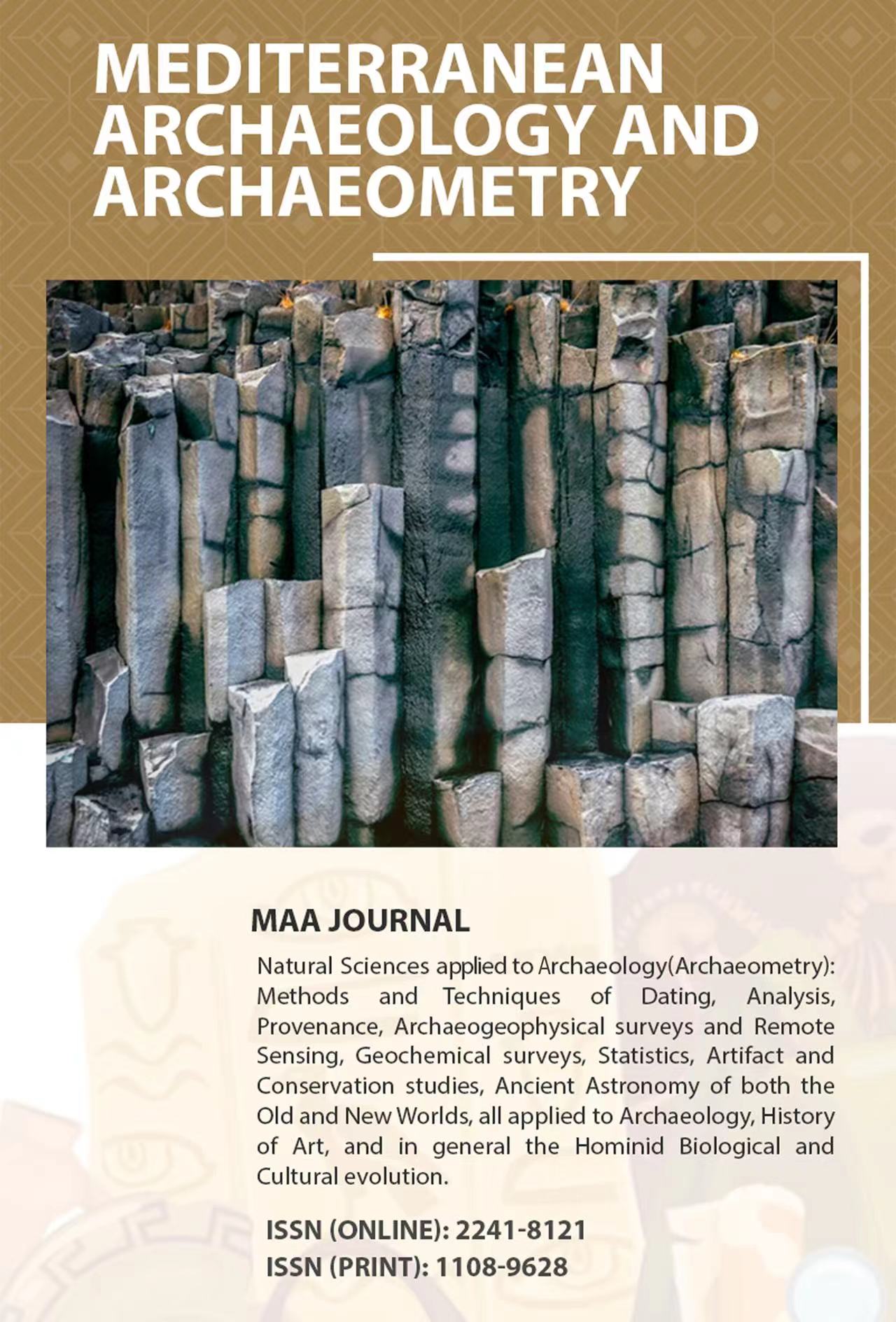The Symbolic Meaning and Cultural Identity of Lingnan Costumes: From Interpretation of Archaeological Relics to Contemporary Inheritance
Keywords:
Lingnan, Clothing, Symbolism, Cultural Identity, Inheritance, Archaeology, Cultural Relics Interpretation.Abstract
Lingnan costumes refer to the costumes of the southern Wulin region of China, that is, the "Lingnan" region, which is of great value to the study of Chinese archaeological culture. Previous studies on Lingnan clothing have mainly focused on theoretical analysis, ignoring the quantitative analysis of clothing and the cultural connotation of clothing. On this basis, this paper used Leica (Japan, KP2004) optical detector and 5N force measuring instrument (Guangdong, N2010) to study the fiber, weight and weaving structure of Lingnan clothing, and the measurement indicators included fiber distribution, style structure, load-bearing distribution and air permeability. The results show that there are certain differences between Fulao, Hakka and Cantonese clothing in Lingnan clothing, which are mainly manifested in the weaving method, warmth retention and air permeability, the weaving method is horizontal, longitudinal and cross direction, the warmth and air permeability are slightly higher, higher than that of ordinary clothing, the style is mainly fusiform, and the bearing capacity is 6~10kg. Among them, the Hakka people are more inclined to the weaving method of the Central Plains, the Fulao people are more inclined to the weaving methods of ethnic minorities such as Lingnan and Guangxi, and the Guangfu people are influenced by the maritime culture and the Central Plains culture, showing a hollow weaving method. Hakka and the elderly pay attention to practicality, warmth and breathability, and Guangdong pays attention to decoration and adopts hollowing. On the whole, Lingnan costumes have changed from a single design to a complex and diverse design, which indirectly reflects the production technology and cultural integration of various ethnic groups at that time.










